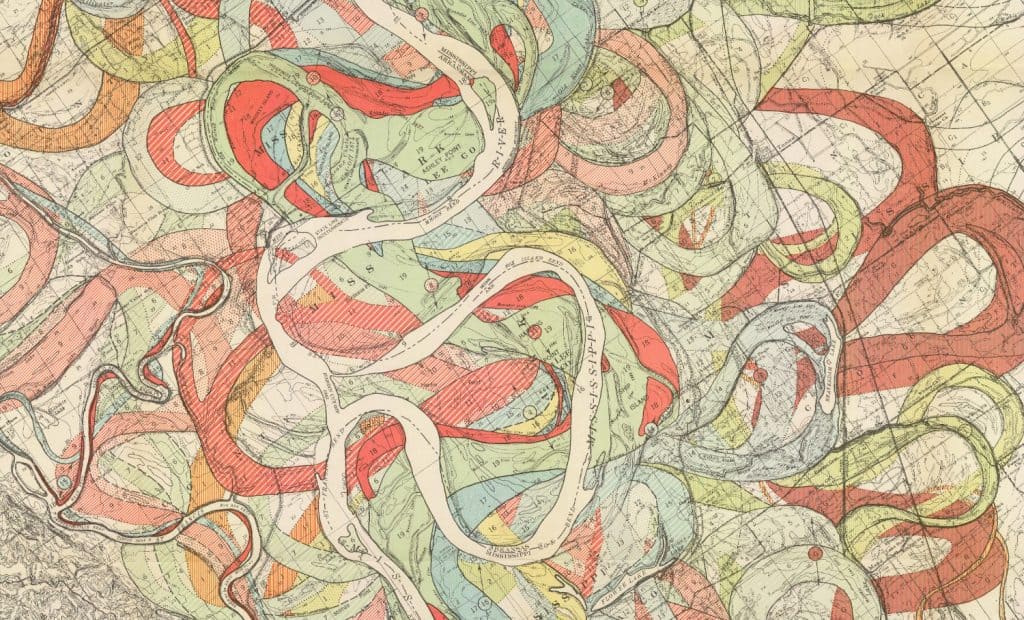Don’t worry about progress
Progress happens when you don’t think about it.
I was struck by a poem the other day while reading a new translation of the Therigatha, a small book of verse compiled in the beginning of the 6th century BC, by Buddhist nuns, chronicling their spiritual struggles and victories. It is also regarded as the earliest-known collection of women’s literature.
Here is the voice of the nun Vijaya, speaking with an elder nun about her difficulties with the practice of meditation:
When everyone else was meditating
I’d be outside circling the hall.
Finally I went to confess.
I’m hopeless, I said.
The elder nun smiled.
Just keep going.
Nothing stays in orbit forever.
If this circling is all you have,
why not make this circling your home?
I did as she told me,
and went on circling the hall.
If you find yourself partly in
and partly out—
if you find yourself drawn to this Path
and also drawing away—
I can assure you,
you’re in good company.
Just keep going.
Sometimes the most direct path isn’t a straight line
Just keep going is the advice given.
But more importantly, the advice is to not try to get somewhere. To stop comparing your practice with that of others, or against some lofty ideal of what practice should be.
Just be right where you are.
If sitting meditation feels too challenging, just circle the hall. But make circling the hall your practice.
Be right where you already are.
Over the last 25 years of teaching meditation, it’s become absolutely obvious to me that each person’s process is unique. And that there is a lot of suffering in comparing our meditation practice not only to some ideal but also to our past meditation experiences, enshrined in the cloudy opacity of memory.

the path naturally oscillates, like sine waves
Wherever you find yourself is fine. Just work right there, with what you already have right under your nose.
Reading this poem reminded me of a conversation the Buddha had with a monk named Assaji, who asks the Buddha to come see him as he is ill and dying. The Buddha asks Assaji if he feels any remorse as his life comes to an end.
The monk replies yes, that he can no longer access samadhi, the blissful depths of meditative concentration, as he is so physically weak. He implores the Buddha:
Let me not fall away…
The Buddha responds that the spiritual life is so much about samadhi but rather more about bearing witness to what is, and noticing the impermanence of all things.
there is no falling away from the present moment
Like the nun in our poem going to her teacher confessing she can’t meditate, that all she can do is walk around the meditation hall outside in circles, Assaji begs the Buddha on his deathbed not to let him fall away because he can no longer meditate.
The Buddha’s advice is similar to that given by the elder nun in our poem–that there is no falling away as long as you remain exactly where you are.
Being where we are, and being with what at times may be uncomfortable, but that’s OK.
The advice is not to be with what is as long as it’s comfortable. The advice is just to be with it as it is. Don’t be concerned about making progress in meditation–that’s just another distraction.
troubles are emotional reactions to the world, not the world itself
The discomfort we feel is not so much located in the events of the world, but rather in our emotional reactions to them.
As the elder American Buddhist monk Ajahn Sumedho reminds us:
If we have the faith to continue bearing with these emotional reactions and allow things that arise to cease, to appear and disappear according to their nature, then we find our stability not in achievement or attaining, but in being – being awake, being aware.
Again and again just return to the present moment, opening to just what is right here for you; progress in meditation happens by itself.
Let’s let the 13th century Japanese Zen Master Dogen explain this:
Truth is not far away. It is nearer than near. There is no need to attain it, since not one of your steps leads away from it.
Let these words sink in, that not one of your steps leads you away from the truth of this moment, even if you are circling the meditation hall outside.
And following up on this own admonition, Dogen adds:
If you are unable to find the truth right where you are, where else do you expect to find it?
So, my dear friends, as the elder nun advised us earlier — just keep going, with the “winds of the Dharma at our backs,” as my teacher Sharon Salzberg would say. That’s how you make progress in meditation.






